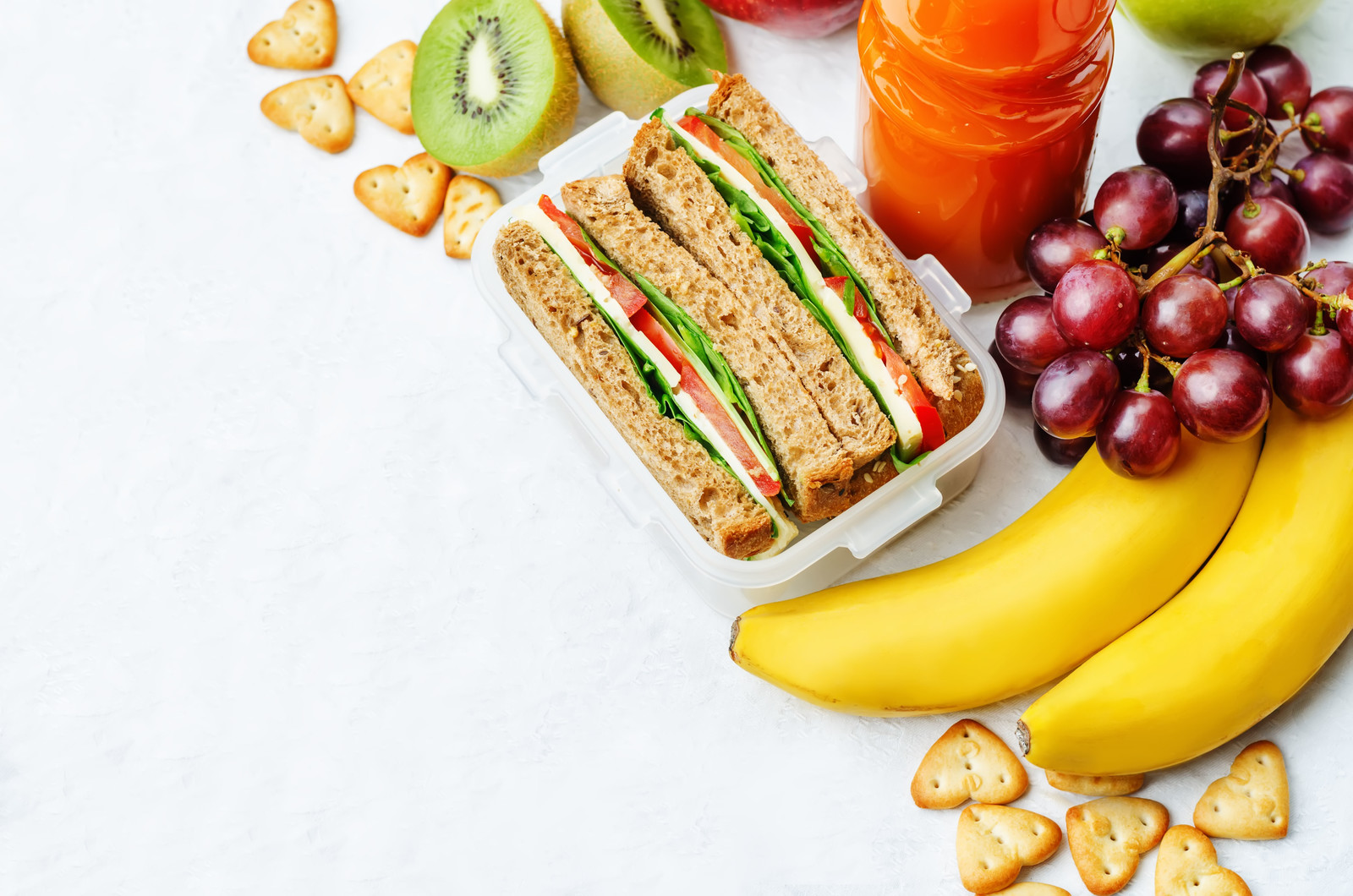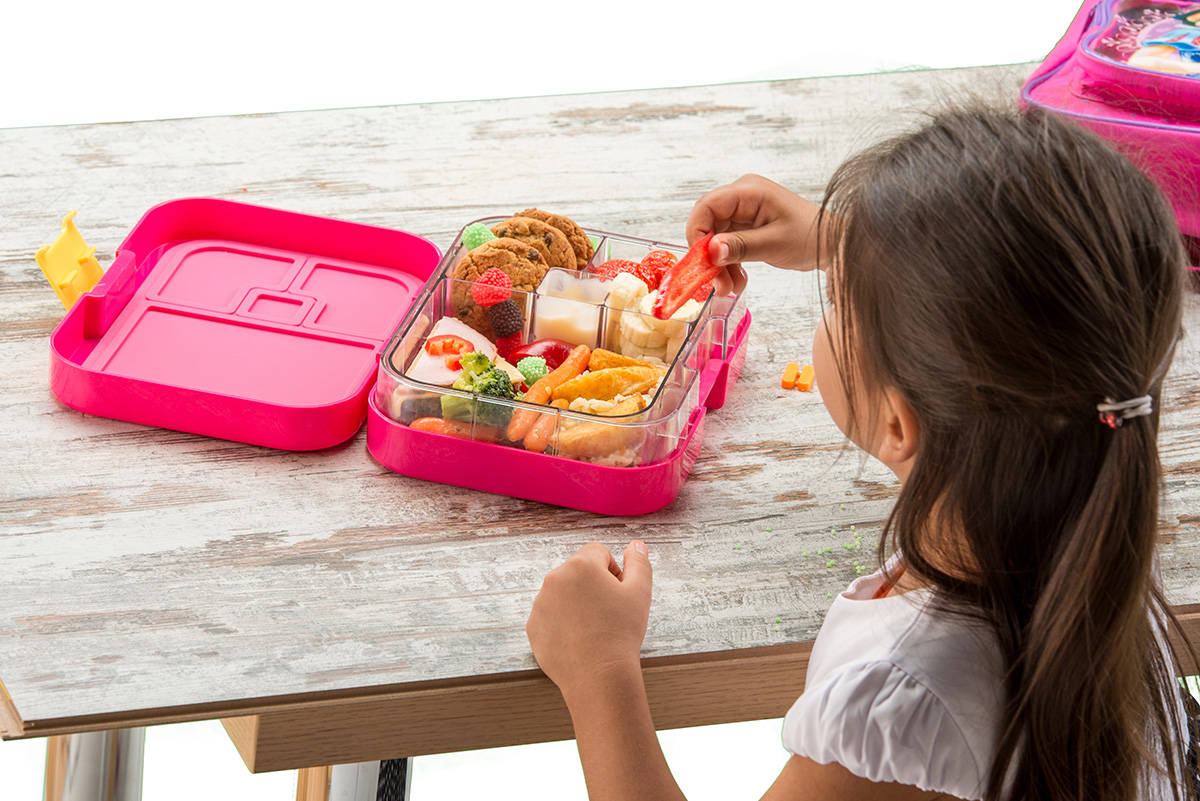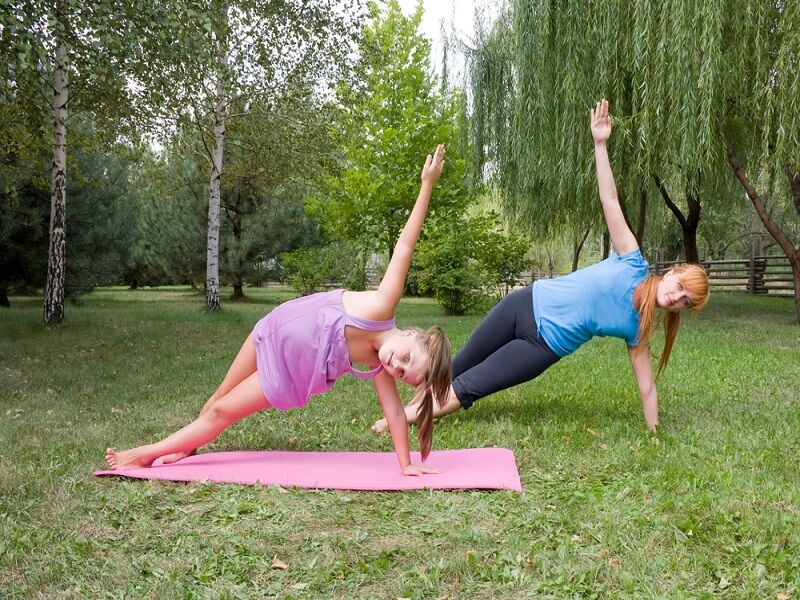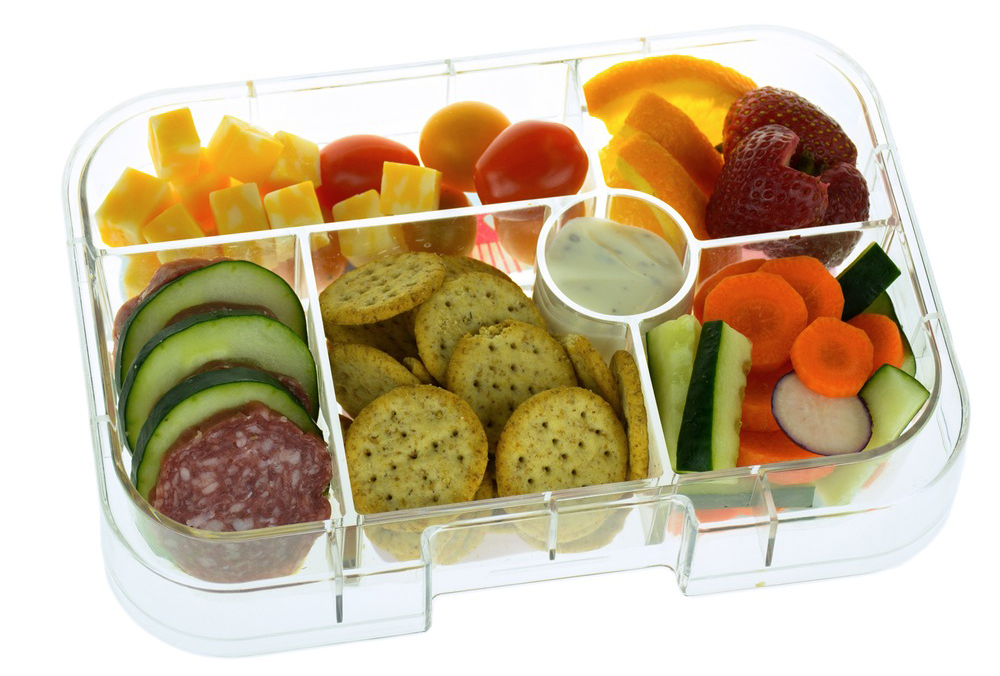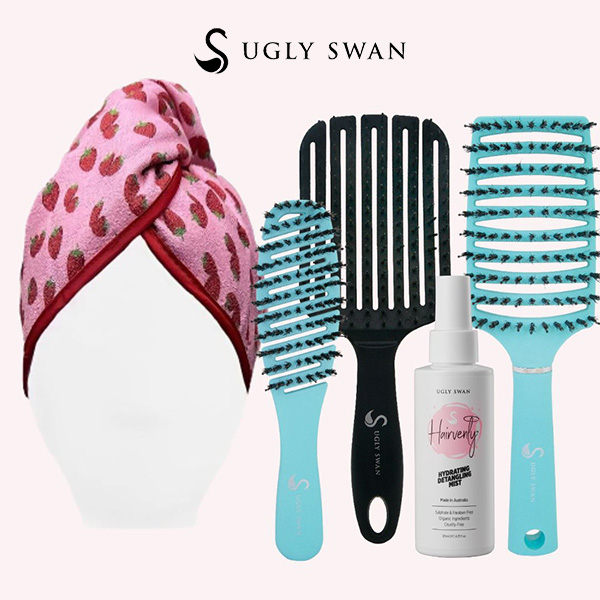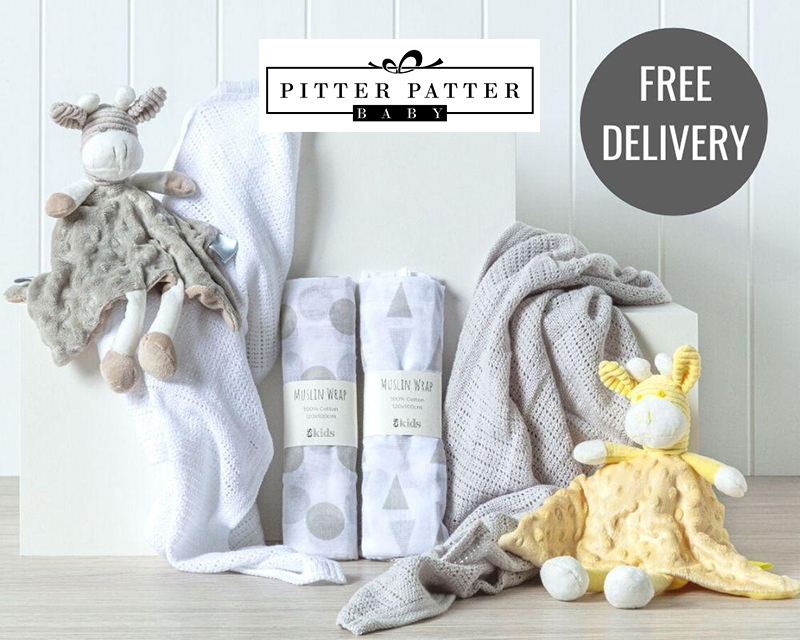What we think might be healthy to include in our kids lunchboxes and what is actually healthy for them can be vastly different! Our choices are often influenced by what we have been programmed to believe when we walk around the supermarket aisles due to marketing, packaging and the power of the corporate dollar.
Here are 5 examples of some foods that you might want to reconsider and try these healthier alternatives instead.
Kids Yoghurt is a classic example. The small child size containers of yoghurt which are marketed to kids are actually packed with sugar (often 2 or more teaspoons in that small tub) and artificial flavours.
Plain yoghurt is a fantastic option and is mainly milk and live active cultures or coconut yoghurt is a great option for children that might be intolerant to lactose or cow’s milk protein. You can add fruit to it if extra ‘natural’ sweetness is required.
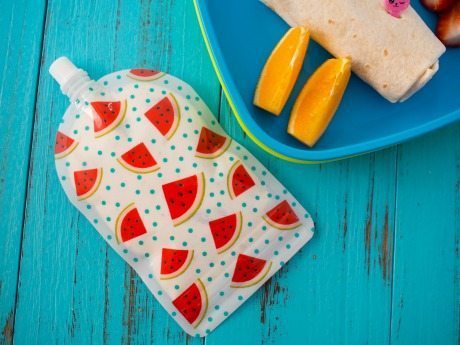
If you’re kids love “squeezy yoghurt” try picking up some resusable food pouches and filling them up each week to pop into lunchboxes. We buy ours from www.littlebentoworld.com.au That way you can control exactly what type of yoghurt is going in there, you’ll save money AND it’s much better for the environment. Imagine how many plastic yoghurt pouches get thrown away every school year!!! Yikes!
Muffins! More specifically, store bought muffins are loaded with sugar, oil and bleached white flour, essentially making them a cake. These provide no nutritional value and may even give your child a sugar spike during the day and leave them crashing afterwards and craving more sweet food.
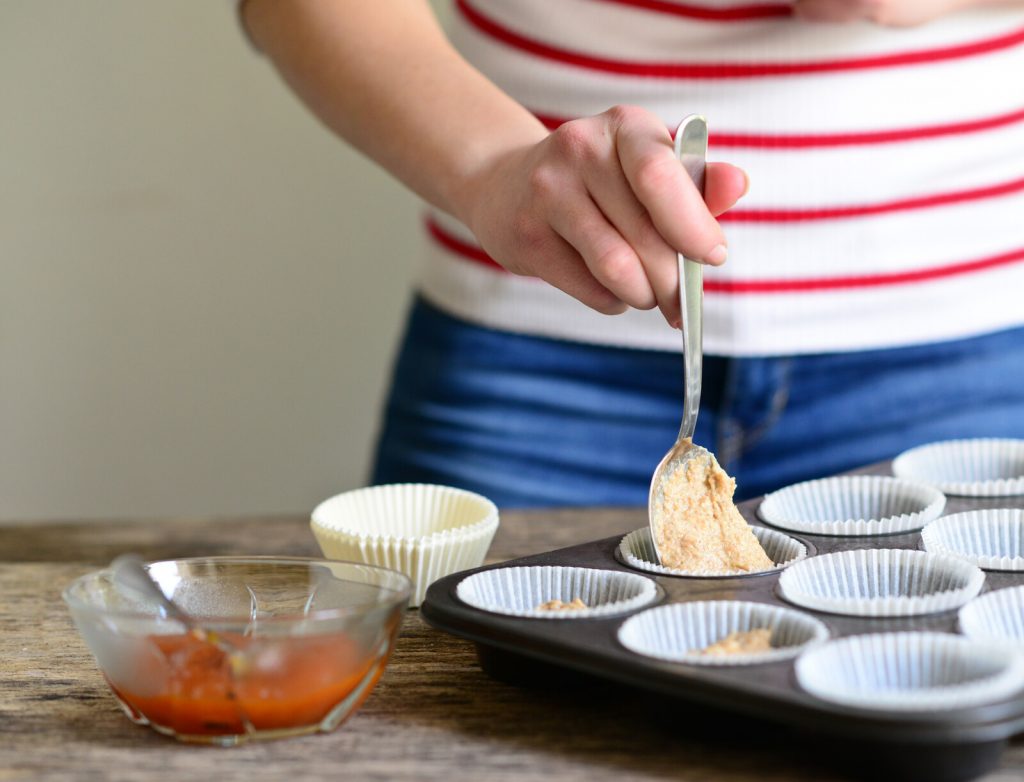
For a healthier option, make your own and store them in the freezer for a quick, healthy snack. Use whole meal or spelt flour and add fillings such grated carrots, zucchini, bananas or apples. You can make these sweet or savoury and it’s a great opportunity to get an additional serve of fruit or vegetables into your children during the day
Vegetable chips. Although these chips are actually made from vegetables, they are often processed to the point where many of their important nutrients are lost. They are high in calories and saturated fat and most brands use vegetable powders to give the vibrant colours.
As a healthier alternative, add cut-up veggies alongside a small amount of hommus or a dip your child likes.
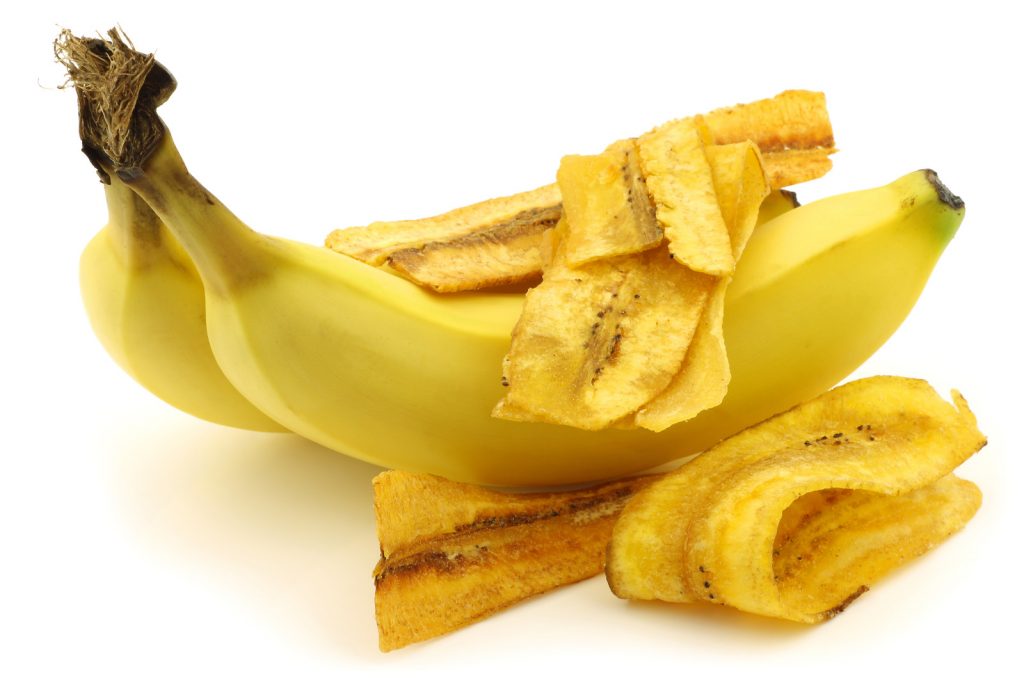
Banana Chips. These dried slices of banana are actually high in calories, fat and sugar. Unless you are dehydrating your own bananas at home, most of the commercial banana chips are deep fried and heavily sweetened.
The best alternative is actually just a whole piece of fruit. If your children don’t like eating fruit whole, you could cut it up into fruit skewers or make a mini fruit salad to have with yoghurt or shaved coconut flakes.
We also love making our own 100% fruit roll ups. Our kids go MAD for these. You can find out how to make them here
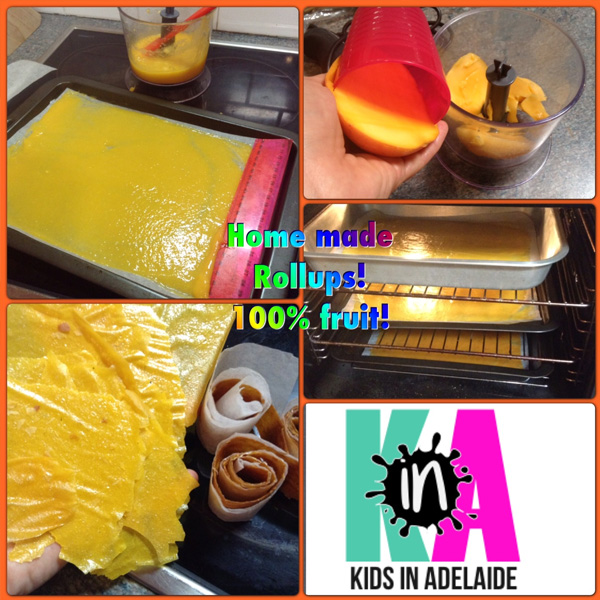
Muesli bars. Store bought muesli bars offer very low nutritional value and while they will give your child a quick energy boost they will not fill your child for long and are high in refined sugar, starch, fat and artificial flavours.
Some healthier options you might like to try are natural popcorn with no added sweeteners, butter or salt. You could also make your own muesli bars using ingredients such as oats, bananas, chia seeds and cacao nibs instead of chocolate chips.
When it comes to packing lunch boxes, go back to basics and use fresh, whole foods and homemade options as much as possible. Use it as an opportunity to add extra nutrients to your child’s diet to help them perform at their best throughout the school day.





